 My July tutorial is all about practicing the piping of sunflowers on cookies! I will also be using different types of straws in creative ways: first, a paper one to make the flower-decorating easier, and then stainless steel ones for the display. On a side note . . . My first serious foray into piping sunflowers dates back to this platter design of four years ago. But, this time, we'll be arranging them differently!
My July tutorial is all about practicing the piping of sunflowers on cookies! I will also be using different types of straws in creative ways: first, a paper one to make the flower-decorating easier, and then stainless steel ones for the display. On a side note . . . My first serious foray into piping sunflowers dates back to this platter design of four years ago. But, this time, we'll be arranging them differently!
About this new arrangement: When I found the colored mason jars below, I just had to purchase them and figure out a cookie project that could use them. I didn’t have to think too hard though, because, soon after, I saw some bent stainless steel straws, which I knew would make the perfect stems for my sunflower cookies. To get a nice round bouquet, all I would need to do is connect the cookies to the straws.
** Disclosure: This tutorial is not sponsored by any of the brands shown below **
In this tutorial, I do not "glue" the cookies to the straws, because they are meant to be easily picked from them. (As with many of my tutorials, I like to show different ways to display cookies on a table while sharing them with friends.) But if you are planning to transport this bouquet or give it to someone who will do the same, either roll the dough thicker (so the cookies fit more deeply onto the straws) or glue the cookies to the straws with a dot of royal icing.
- 7 (5.5-cm/2 1/4-in) circle cookies (See baking instructions in Step 1.)
- 7 bent stainless steel straws (or 6 bent and 1 straight straw), for cutting cookie holes and mounting cookies
- Royal icing:
- Brown medium-consistency, in tipless pastry bag with opening equivalent to PME #2 tip
- Yellow stiff-consistency, in pastry bag with #353 (large) leaf tip (or equivalent)
- Few tablespoons fine granulated sugar, tinted with drop of brown gel food coloring (To tint granulated sugar, follow Step 1 in my previous tutorial, but replace icing sugar with granulated sugar; alternatively, just use brown sugar.)
- Round paint brush
- 1 paper straw, for decorating cookies (Alternatively, use one of the stainless steel straws.)
- Scissors
- Mason jar with two-part lid
- Fine untinted granulated sugar, enough to fill mason jar
Step 1: Prep and bake cookies
There are a total of seven (5.5-centimeter/2 1/4-inch) round cookies in this project. I used a scalloped cutter because the border adds interest where the flower petals don't completely cover the cookies.
a. Roll your cookie dough of choice to a thickness of about 0.6 centimeter (1/4 inch), and cut out seven round cookie shapes. Before baking the cookies, use a paper straw to make a hole in the center of each cookie by plunging it perpendicularly into the dough and rotating it. Bake the cookies according to your recipe.
b. Once the cookies are out of the oven and still warm, reinsert the straw into the holes just to make sure it can still pass through them. However, be very careful not to enlarge the holes.
Let the cookies cool completely.
a. Using a PME #2 tip (or equivalent), partially cover the hole in the center of each cookie by piping parallel lines of brown medium-consistency royal icing across it. These lines will block the hole and prevent it from filling with icing when flooded in Step 2b. (The holes need to remain open on the cookie backs, so the cookies can be threaded onto straws during the assembly process.) Pipe a circle about 1 centimeter (3/8 inch) from the edge of each cookie.
b. Use the same brown medium-consistency royal icing to flood the space inside the circles you just piped in Step 2a. These areas will become the centers of the sunflowers.
c. Let the icing dry completely.
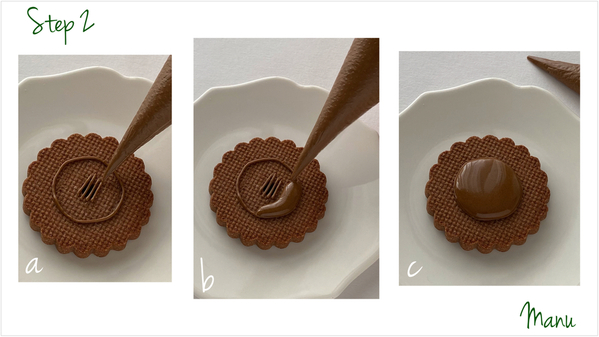
d. Work with one cookie at a time through Step 2h. Using the same bag of icing (with a PME #2 tip or equivalent), outline the circle piped in the previous step, and pipe another concentric circle to get a ring. It's important that the circle of icing underneath is completely dry, because the ring will be sprinkled with brown-tinted sugar in Step 2g as soon as it is flooded in the next step, and you won’t want sugar sticking to the circle underneath. (Again, to tint granulated sugar, follow Step 1 in my previous tutorial, but replace icing sugar with granulated sugar; alternatively, just use brown sugar.)
e. Keep the tinted sugar near you. Flood the ring you just piped, again using the same icing and tip.
f. Get ready to sprinkle the tinted sugar on it!

g. Use (clean) hands (or a teaspoon) to sprinkle the sugar all over the ring. Let the sugar sit on the icing for a couple of minutes.
h. Shake off the excess sugar, and allow the underlying ring icing to dry completely.
Repeat Steps 2d through 2h for the remaining six cookies.
i. Use a round paint brush to get rid of any lingering sugar grains on the cookie surfaces before moving to the next step of piping the sunflower petals.
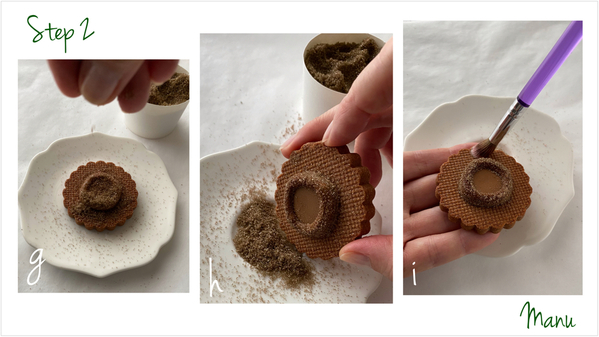
j and k. Since each cookie has a hole in its center, I decided to insert a medium (10-centimeter/4-inch) paper straw segment into the hole to create a sort of flower nail, the tool used to pipe icing flowers. Having the ability to rotate the cookie from the straw really facilitates the piping of the petals. You don’t have to do this, of course. You could simply place the cookie on a saucer or turntable, but I suggest giving this technique a try!

l. For the petals, use yellow stiff-consistency royal icing in a pastry bag with a #353 leaf tip (or equivalent). This tip is large. You can also use a smaller tip (#349), and pipe two layers of petals, as I did in my “July Sunflower Composition” shown at the top of this post. While holding the paper straw, place the tip right beneath the icing ring covered with sugar, and press the icing into the ring to anchor it. Then release pressure as the petal begins to take shape so that it tapers to a fine point at the end.
m. Keep piping more petals in this fashion while spinning the paper straw between your fingers. The reason for the spinning is to ensure a comfortable piping angle with a clear line of sight to the petal you are piping. If you're not used to working with a flower nail, just rotate the straw a bit after the piping of each petal, so that the next "free" petal space is closer to you. You needn't spin the straw continuously.
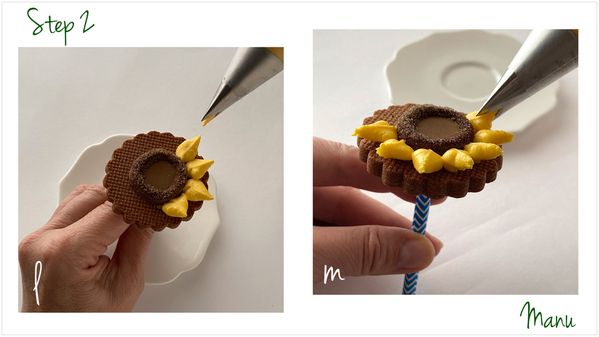
n. Once a round of petals is complete, pull the sunflower cookie off the paper straw.
o. Repeat Steps 2l to 2n for the remaining six cookies.

Step 3: Prepare jar and assemble bouquet
a. Remove the two-part lid on the jar. Set aside the insert; you will use only the outer ring. Fill the mason jar with untinted fine granulated sugar or anything attractive that will hold the stainless steel straws in place.
b. Now screw the ring back on the jar top.
c. Insert one straw in the center of the jar, curved end down, but orient the other end so it stands straight up. Or use a straight stainless steel straw instead.
d. Now insert the other six straws around the one in the center, so that their curved ends are up and radiate away from the center of the jar.
e. Last, simply connect the sunflower cookies to the straws by threading their holes onto the straw ends.
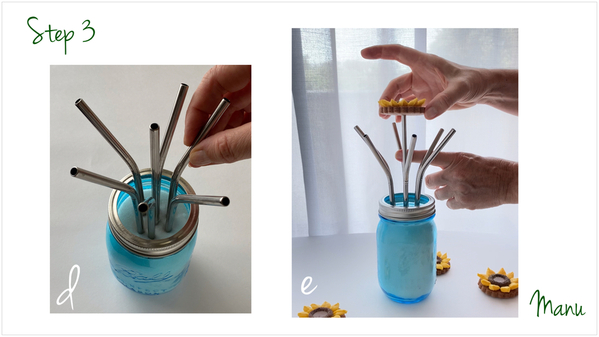
Lest those instructions be unclear, here’s a short video:
And here’s the completed cookie bouquet. I had one extra cookie, so I put it close to the jar for staging purposes.
Last but not least . . . a view from another angle, which better shows the depth of the bouquet.
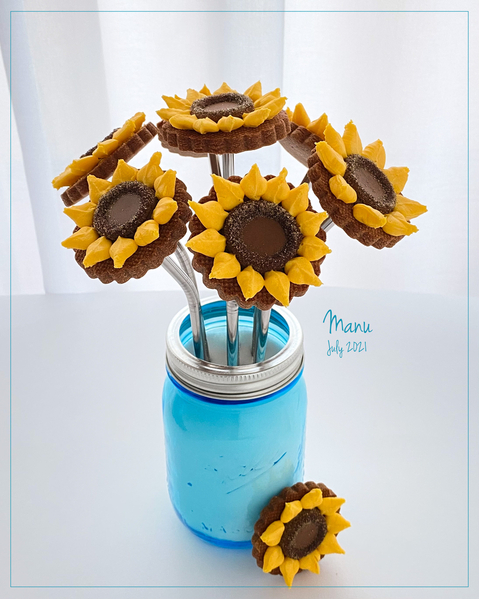
Of course, you can use any flower cookies you like and . . . as you should know by now, I can't resist making variations! I leave you with my pink daisy version!
Happy summer 🌻🌻🌻
Manu

Manuela Pezzopane, affectionately called Manu by her friends and family, is a fan of everything handmade, and professes to have tried every possible hobby. However, it wasn’t until the end of 2014, when an American friend invited her to a Christmas cookie exchange, that she first discovered decorated cookies. In 2015, after watching Julia M. Usher's videos and signing up on Cookie Connection, Manu finally attempted her own. Since then, cookie decorating has become Manu’s passion. You can follow Manu on Facebook and Instagram, or email her at manubiscottidecorati@gmail.com.
Photo and cookie credits: Manuela Pezzopane
Note: Made by Manu is a Cookie Connection blog feature written by Manuela Pezzopane, where each month she shares the method behind a magical cookie of her own making. This article expresses the views of the author, and not necessarily those of this site, its owners, its administrators, or its employees. To read all of Manuela's past Made by Manu tutorials, click here. And to see all of Cookie Connection's tutorials, click here.

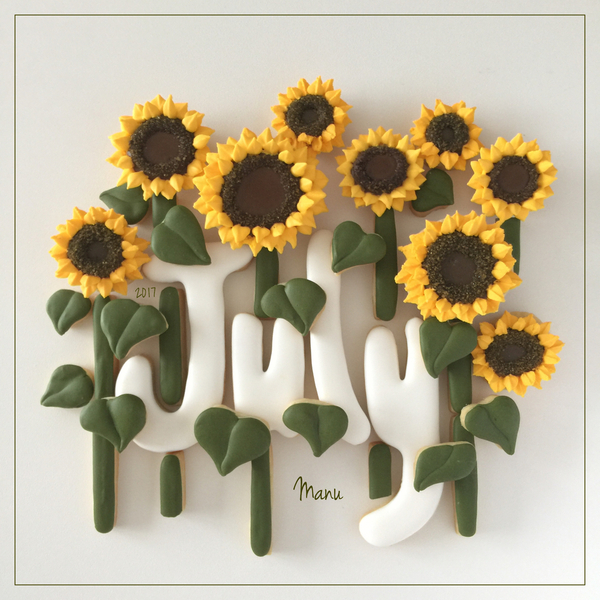

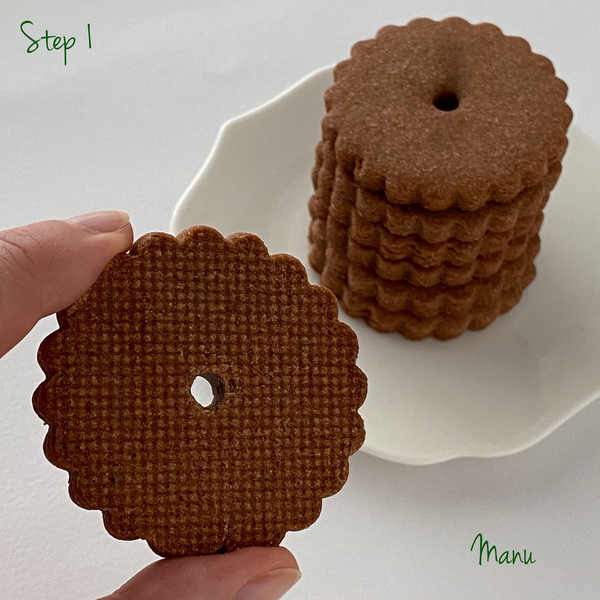


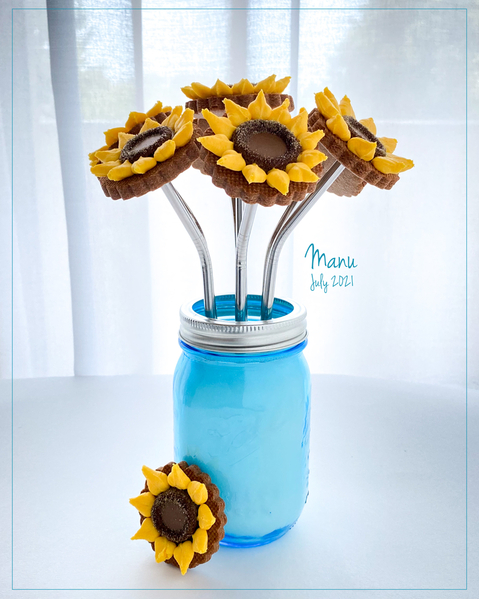
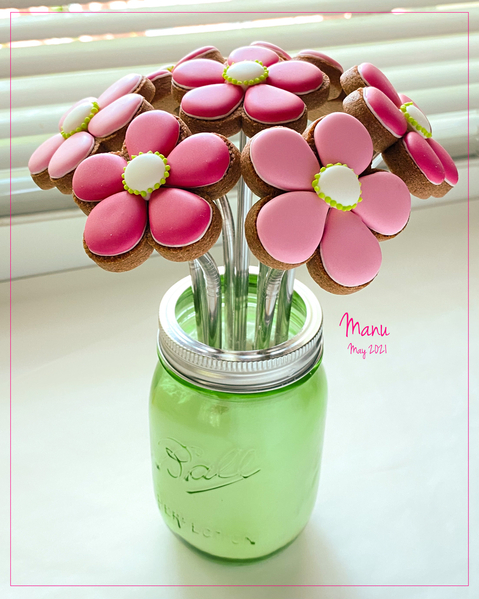




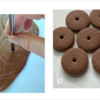






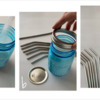




Comments (16)